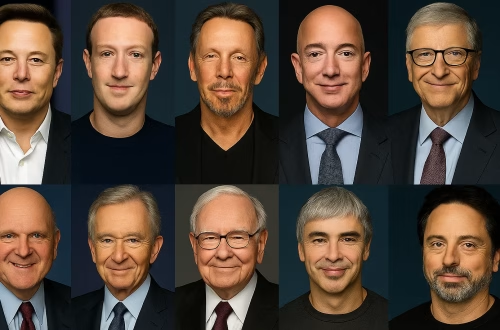Article Summary
Ben Cohen and Jerry Greenfield, founders of Ben & Jerry’s, turned their shared love for ice cream and fun into a $1 billion global brand. With a focus on creative mix-ins, social activism, and independent decision-making, they built a cult-like following. Their journey from a seventh-grade gym class to selling the company to Unilever, and ultimately planning a buyback, highlights their commitment to maintaining the brand’s unique identity and mission.
What This Means for You
- Entrepreneurs can learn from Ben & Jerry’s success story: find your niche, stay true to your vision, and don’t be afraid to stand up for what you believe in.
- Corporations should consider the value of purpose-driven brands and the positive impact they can have on their reputation and consumer loyalty.
- Investors looking for socially responsible opportunities could benefit from keeping an eye on brands like Ben & Jerry’s as they strive to make a difference in the world.
- Consumers have the power to support companies that align with their values, driving change and accountability in the business world.
Original Post
How Ben & Jerry Scooped Their Way to a $1 Billion Brand With Heart.
Ben Cohen and Jerry Greenfield weren’t your typical business tycoons. One was a struggling potter, and the other was a med school hopeful who couldn’t catch a break. But with a shared $5 correspondence course and a dream rooted more in fun and friendship than finance, the duo built one of the most beloved and recognizable ice cream brands on the planet—Ben & Jerry’s. Nearly 50 years after their first scoop, their company stands not just as a dessert empire, but as a symbol of activism, integrity, and sticking to your values, even in a corporate world.
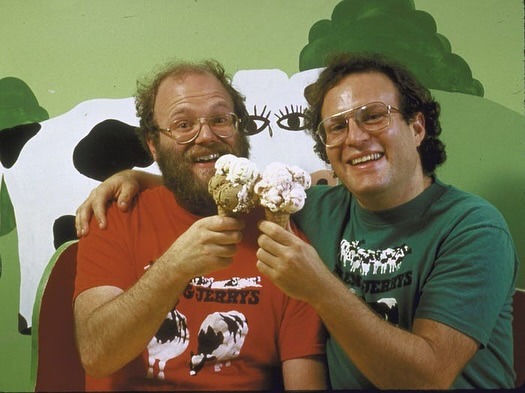
A Sweet Start from Gym Class to Gas Station
Ben and Jerry’s story began in a seventh-grade gym class in Merrick, New York. The two became fast friends, a bond that only deepened in their twenties when they reconnected, both searching for purpose. Ben Cohen was making pottery that didn’t sell. Jerry Greenfield was applying to medical school again and again without luck.
RELATED: Jerry Greenfield’s Net Worth in 2025: The Ice Cream Icon’s Journey from Scoop to Success.
In 1977, they decided to go into business together. After weighing options like bagels and fondue, they settled on ice cream—it was delicious, affordable to produce, and, most importantly, fun. To prepare, they split a $5 Penn State correspondence course on ice cream making. It was originally developed in 1892 and, remarkably, still exists today.
Pooling $12,000—including $4,000 each, a bank loan, and some help from Ben’s father—they opened their first scoop shop in 1978 in a rickety old gas station in Burlington, Vermont. It was a humble beginning, but one filled with heart, creativity, and homemade charm.

A Texture-Driven Revolution
Ben Cohen has anosmia—a condition that limits his sense of smell and taste. So, to enhance the ice cream experience for himself, he turned to texture. This need led to the now-famous chunky mix-ins that have become the brand’s hallmark.
From gobs of cookie dough to gooey fudge swirls and walnut-packed sundaes, these over-the-top combinations weren’t a marketing gimmick—they were a personal innovation. That same sense of authenticity has continued to define the company and resonate deeply with its fans.
By the mid-1980s, Ben & Jerry’s was spreading across U.S. grocery shelves. In 1984, the company went public. Just three years later, it was valued at $30 million—about $68 million in today’s money. The brand’s social message, folksy branding, and refusal to be bullied by bigger corporations helped it build an almost cult-like following.
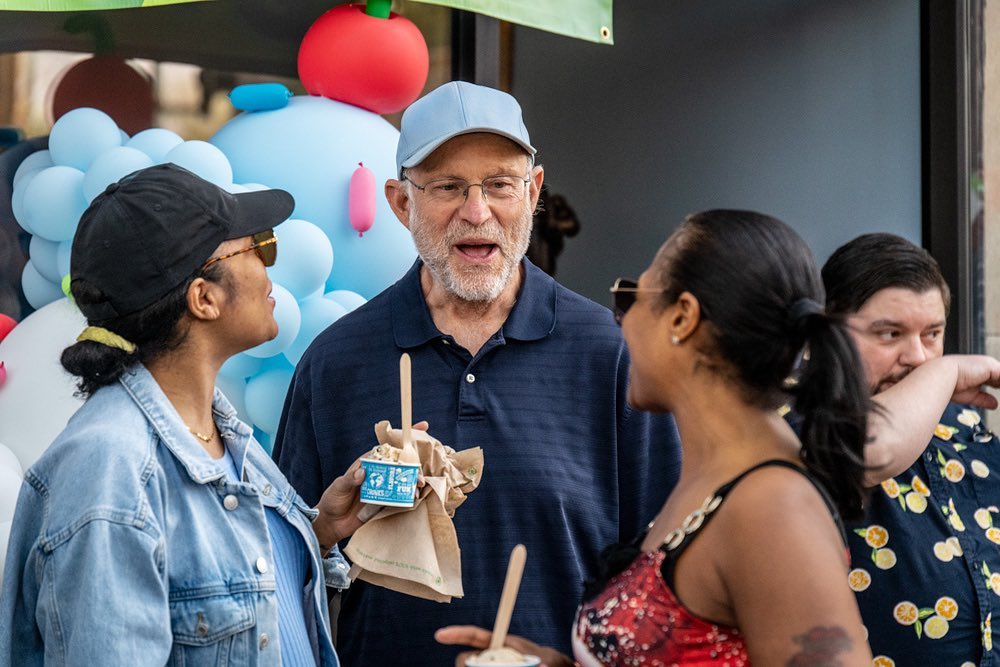
Selling the Dream—Without Losing Their Values
In 2000, Ben & Jerry’s was acquired by global food giant Unilever for $326 million—roughly $600 million in today’s dollars. While the sale was bittersweet, it was also necessary. As a publicly traded company, Ben & Jerry’s was required to entertain acquisition offers.
But Ben and Jerry didn’t let go without a fight. They negotiated a unique deal: the brand would retain an independent board responsible for preserving the company’s social mission. It was an unprecedented arrangement that ensured their values wouldn’t be watered down in the corporate machine.
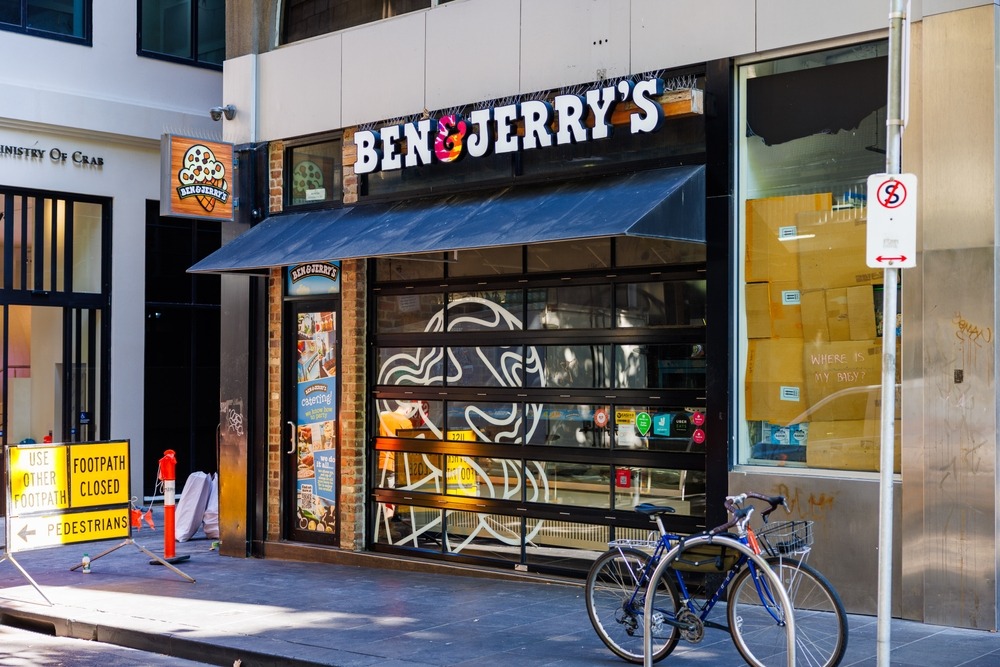
“If You Love Us, Let Us Go”
Fast forward to 2024, and Unilever announced plans to spin off its entire ice cream division—including Ben & Jerry’s—into a separate business entity. The group, which includes other brands like Magnum, Breyers, and Klondike, brings in about $9 billion annually. However, sluggish growth and the political complexity surrounding Ben & Jerry’s made the ice cream division increasingly challenging for Unilever to manage.
That’s when Ben Cohen saw an opening. In 2025, he launched an ambitious plan to buy back the brand. Rallying like-minded investors, he hopes to return Ben & Jerry’s to independent ownership and ensure its activist mission remains uncompromised. “If you love us, let us go,” he said, in a heartfelt call for corporate freedom.
So far, Unilever has shown no intention of selling Ben & Jerry’s individually. But the brand’s independent board still holds legal authority over social mission decisions, regardless of ownership—thanks to the vision Ben and Jerry baked into the original acquisition terms.

A Brand With Heart—and Activism at Its Core
What sets Ben & Jerry’s apart is its fearless commitment to social justice. The brand has spoken out on climate change, Black Lives Matter, LGBTQ+ rights, criminal justice reform, and more. Its bold statements, while occasionally divisive, have made it a trailblazer in corporate activism.
Ben and Jerry themselves are still deeply involved in the brand’s moral compass. Despite being in their 70s, they regularly attend franchise events, speak at employee gatherings, and champion the same causes they’ve believed in since day one.
In 2024, Ben Cohen was arrested during a Senate protest over U.S. aid to Israel—highlighting that his activism isn’t performative, but deeply personal.
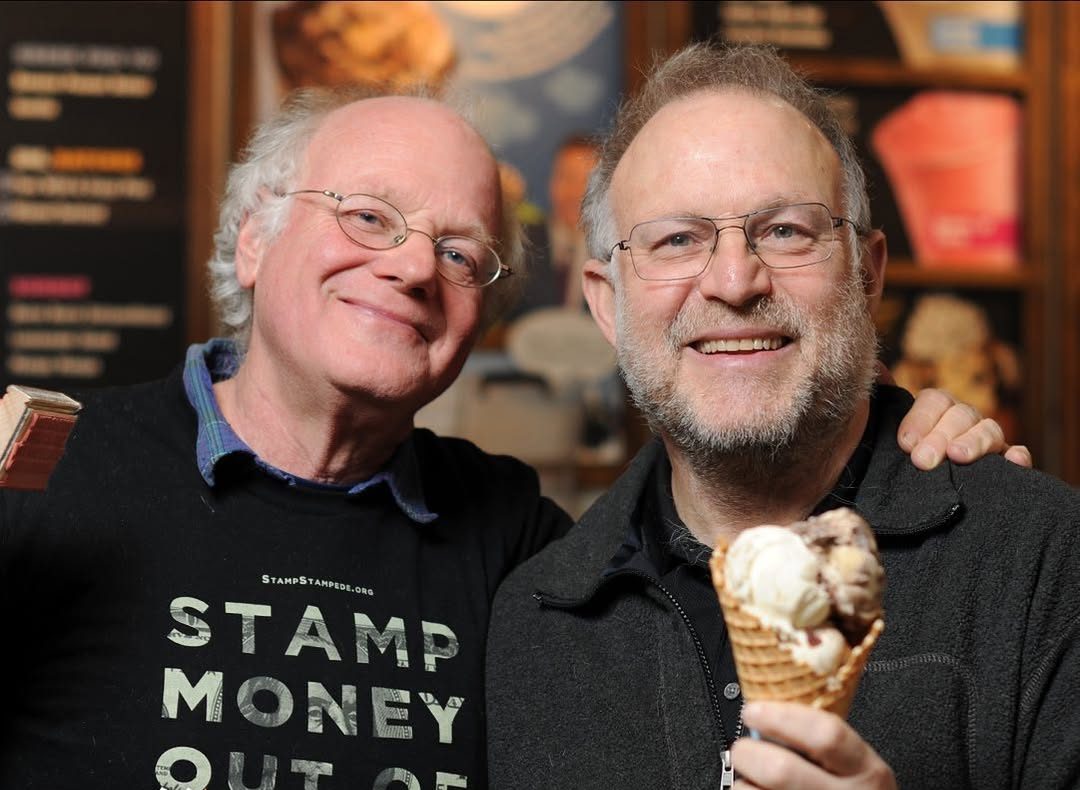
The Power of a Purpose-Driven Brand
Ben & Jerry’s remains one of the few global brands willing to put principle before profit. While that has sometimes put them at odds with their corporate overseers, it’s also cemented their legacy as pioneers of values-based business. Their journey from a gas station in Vermont to the global stage has inspired countless entrepreneurs to think beyond the bottom line.
And despite all the corporate drama, one thing has never changed: their belief that business can—and should—be a force for good.
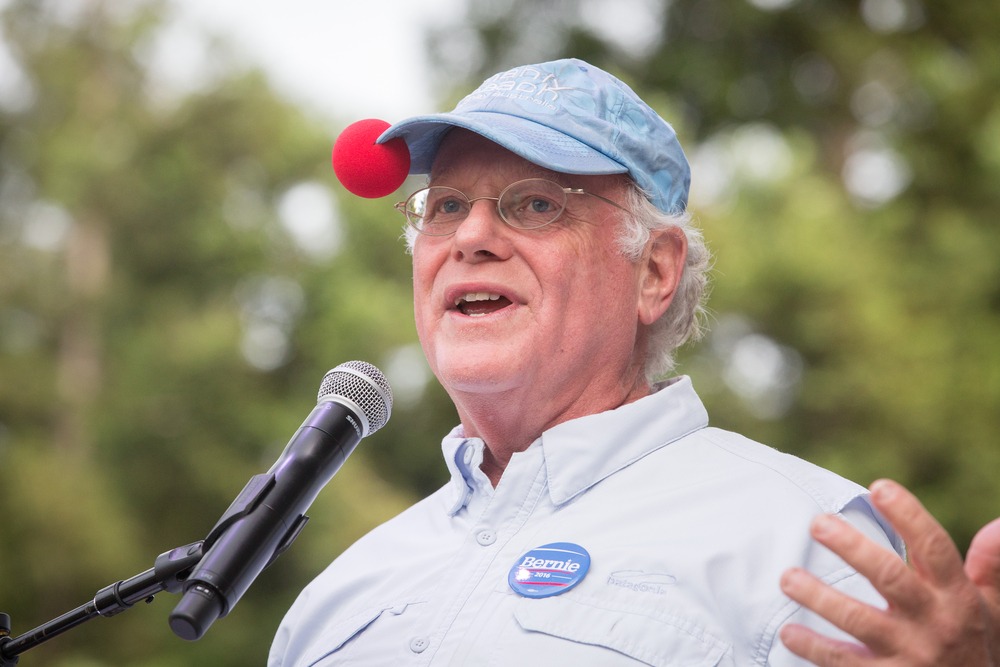
Conclusion
Ben Cohen and Jerry Greenfield transformed a modest investment and a shared dream into a billion-dollar enterprise without ever compromising on heart. Their story isn’t just about ice cream—it’s about friendship, courage, and sticking to your values no matter how big the stage gets. As they continue to champion progressive causes and push for the brand’s independence, Ben and Jerry remain beloved icons who proved that business and integrity can, in fact, go hand in hand. Their legacy is already written in chunks and swirls—but the best may be yet to come.
Key Terms
- Entrepreneurship
- Corporate Values
- Brand Activism
- Corporate Social Responsibility
- Mergers and Acquisitions
- Brand Legacy
- Values-Based Business
ORIGINAL SOURCE:
Source link



